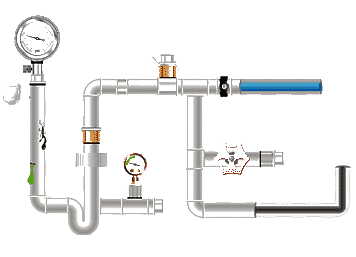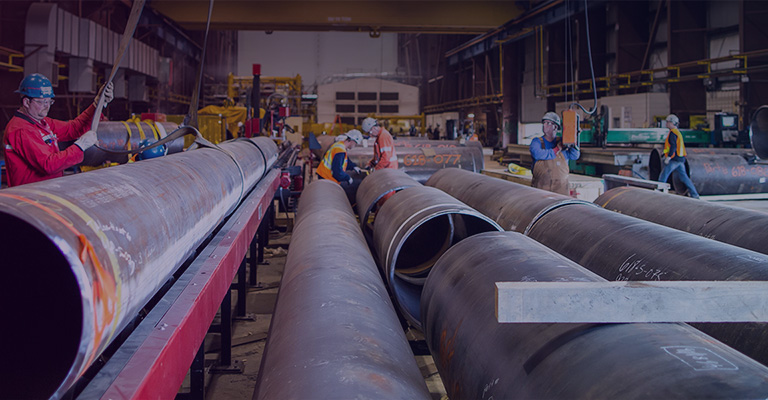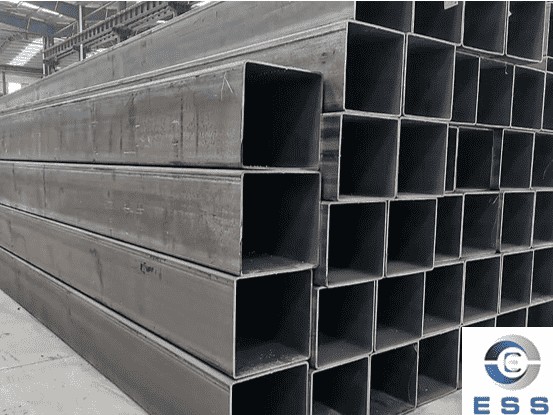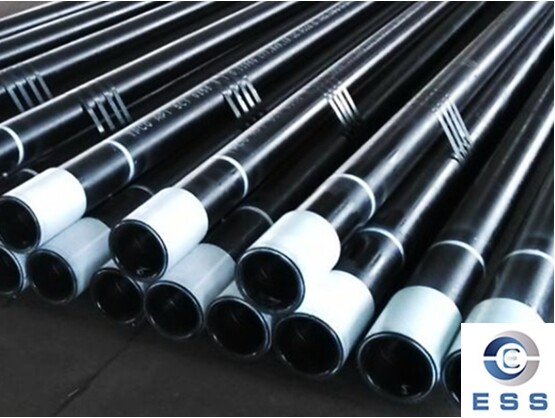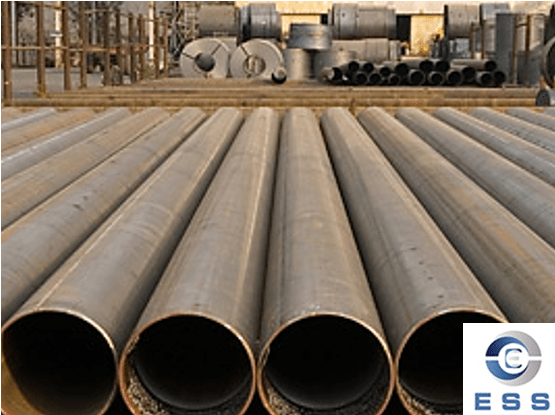What are The Pros And Cons of Using Black Steel Pipes?
Steel pipe is renowned for its strength and
durability, providing durable solutions for a wide range of piping needs. While
steel is a popular choice for a variety of industrial and commercial piping
applications, one type of pipe stands out: black
steel pipe. Black steel pipe is widely used in construction, oil and
gas pipelines, fire protection, and mechanical structures due to its high
strength, good pressure-bearing properties, and affordability. While black
steel pipe offers structural stability and cost advantages over galvanized
steel pipe or stainless
steel pipe, it also has some limitations. In this article, we'll
explore what black steel pipe is and its advantages and disadvantages.
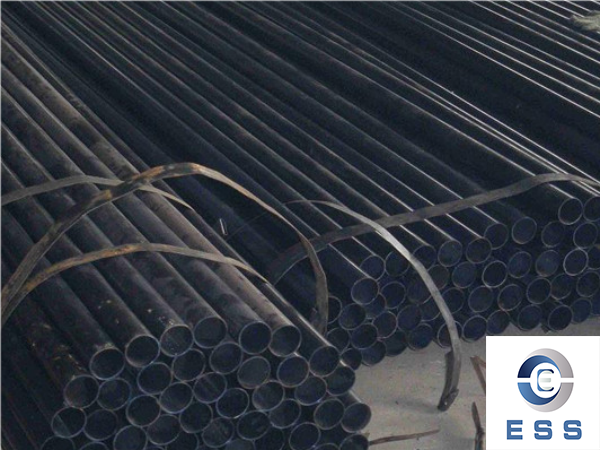
What is Black Steel Pipe?
Black steel pipe, also known as
"Schedule 40 pipe," is a type of steel pipe commonly used in
commercial and residential plumbing. It is made from hot-rolled or cold-rolled
steel and treated with a black color for enhanced corrosion and rust resistance.
Black steel pipe offers superior strength to other types of pipe. This makes it
highly resistant to bending, cracking, or breaking, even under extreme pressure
or weight.
Common Standards:
ASTM A53/A106 (Standard for Carbon Steel Seamless
Pipe and Welded
Pipe)
ANSI
B36.10M (Standard for Steel Pipe Dimensions and
Wall Thickness)
DIN 2448 / EN 10216 (European Standard)
The surface of black steel pipe appears
dark black or gray due to the formation of an iron oxide layer (Fe₃O₄) upon contact
with air during the production process, which provides a certain degree of rust
resistance.
Black Steel Pipe Performance
|
Performance
|
Specifications
|
|
Tensile Strength
|
Typically ≥ 400
MPa
|
|
Yield Strength
|
Generally between 240–350 MPa
|
|
Elongation
|
Approximately 20%–30%, exhibiting a certain degree of toughness
|
|
High-Temperature Resistance
|
Maintains strength up to 400–450°C
|
|
Thermal and Electrical Conductivity
|
Good thermal conductivity
|
|
Corrosion Resistance
|
Uncoated and susceptible to oxidation
|
Advantages of Black Steel Pipe
1. High Strength and Pressure Resistance
Black steel pipe can withstand high
internal pressure and mechanical stress, and can withstand higher pressures
than other types of pipes.
Commonly used for high-pressure fluid
transportation (such as steam, compressed air, and natural gas).
2. Affordability
Compared to stainless steel or galvanized
pipe, black steel pipe offers low manufacturing costs, easy procurement, and a
variety of sizes.
It is ideal for projects with limited
budgets or where aesthetics are less important.
3. High Impact Resistance
Its dense metal matrix offers high bending
strength and is widely used in building support structures, scaffolding, and
mechanical frameworks.
4. Easy Processing and Welding
Black steel pipe can be threaded, welded,
cut, and bent, making it easy to install and customize on-site.
Disadvantages of Black Steel Pipe
1. Susceptibility to Corrosion
Because it lacks a zinc coating, the black
coating can wear away with frequent use or exposure to other elements. This
makes the pipe more susceptible to corrosion or rust.
2. Unsuitable for Drinking Water and
Indoor Gas Systems
In most countries (such as the United
States, the European Union, and China), black steel pipe is prohibited for use
in domestic water systems due to the release of oxides after corrosion.
It is not well suited for applications
requiring flexibility, such as certain types of gas piping.
3. Heavy and Lacks Flexibility
Black steel pipe is approximately 3–5 times heavier than plastic pipe (such as PVC and PE), making it
unsuitable for applications requiring lightweight or flexible pipes.
4. Incompatibility with Some Fittings
Black steel pipe is not compatible with all
fittings, so please consult a local expert before purchasing.
Black steel pipe is typically threaded, but
direct contact with metals like copper and aluminum can cause galvanic
corrosion, so insulated joints are required during installation.
FAQ
1. What is The Difference Between Black
Steel Pipe And Galvanized Steel Pipe?
The main difference lies in the surface
treatment.
Galvanized steel pipe has a zinc coating on
the surface, which provides better corrosion resistance.
Black steel pipe is uncoated, making it
less expensive but more susceptible to rust.
2. What are The Common Specifications for
Black Steel Pipe?
Common nominal diameters range from DN15 to
DN300 (1/2" to 12"), with wall thicknesses including Schedules 20,
40, and 80.
Read more: Grades of black steel pipes or The difference between erw and seamless black steel pipe









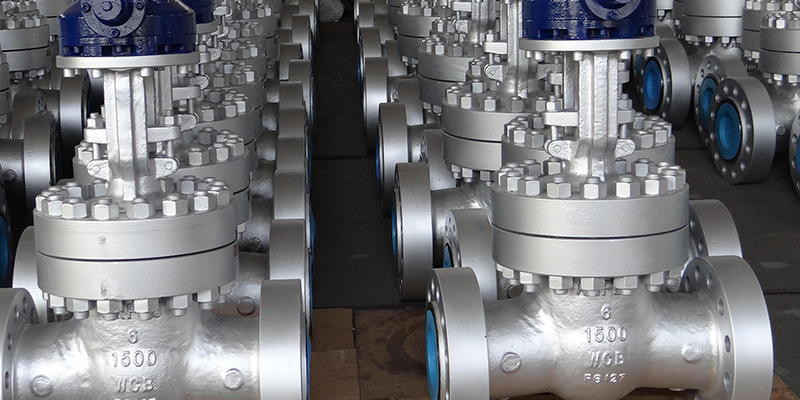
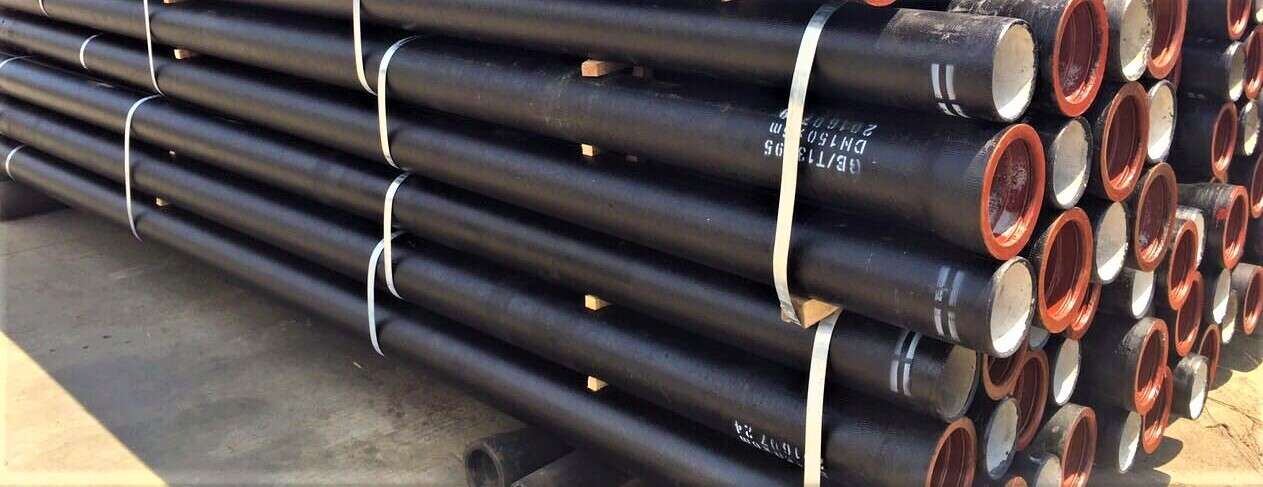


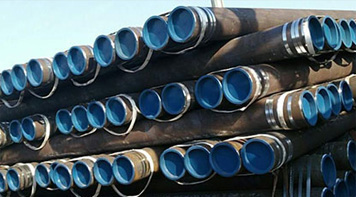 Eastern Steel Manufacturing Co.,Ltd not only improve product production and sales services, but also provide additional value-added services. As long as you need, we can complete your specific needs together.
Eastern Steel Manufacturing Co.,Ltd not only improve product production and sales services, but also provide additional value-added services. As long as you need, we can complete your specific needs together.
